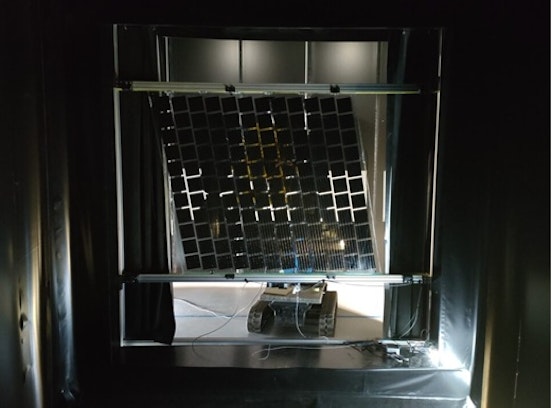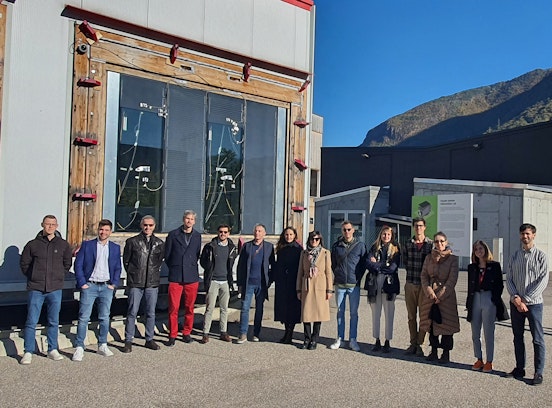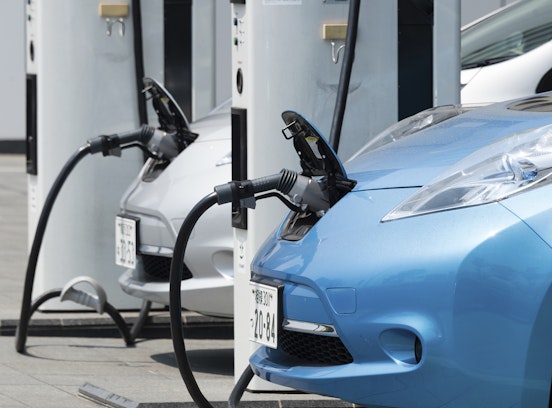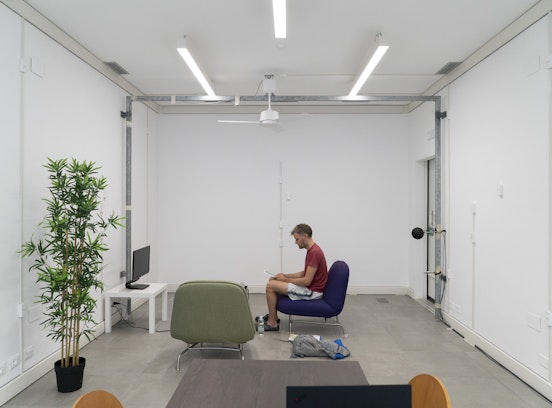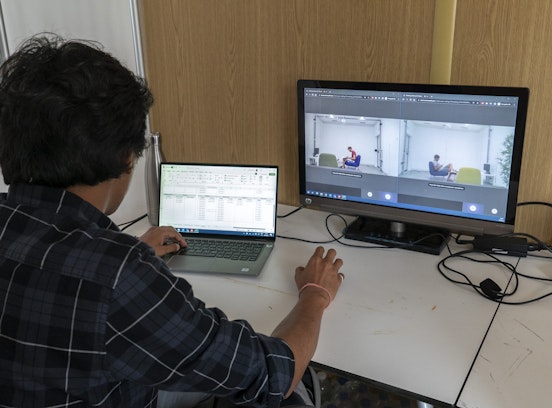Institute for Renewable Energy - Urban and regional energy systems - News & Events - Infrastructure Planning for Electrified Transport in alpine areas
Infrastructure Planning for Electrified Transport in alpine areas
New scientific article by Eurac Research published on journal Applied Sciences addresses regional specificities in developing an integrated network of charging infrastructure for private and public passengers transport in an alpine region.
The increase in the number of electric vehicles (EVs) requires a deep examination of the infrastructure available and their future development.
Questions arise such as:
- Where is charging infrastructure for passenger cars needed?
- How can sites be identified where many people will use them on a daily base?
- How can be ensured that the limited public funding available for charging infrastructure is used the best possible way?
- If a public bus fleet switches to electric buses, where and which infrastructure must be set up?
- Can the same charging infrastructure be used by buses and cars, and does that make sense?
Researchers from Eurac Research Institute for Renewable Energy developed a methodology to answer this and further questions along the pathway of electrification of transport on regional scale. The process of locating charging points for electrified vehicles is complex and involves multiple factors, as well as stakeholders, and it has a strong influence on the effectiveness and functionality of the entire electromobility system.
The study presents a methodology for the development of charging infrastructure in alpine areas, but can be applied as well to other regions, and highlight the importance of considering regional characteristics and of stakeholders involvement. The analysis also integrates considerations regarding the total cost of the infrastructure installations and the economic efficiency of public versus private investments in such infrastructures.
The main advantage of the presented methodology is the proposed spatially explicit approach that can be practically implemented for regional planning purposes to improve the charging infrastructure for private and public passenger transport at the same time. This study can inform and support policymakers to foster the larger-scale deployment of charging infrastructure for EVs, allocating public resources efficiently and contributing to lower emissions in its own region.
The work was developed within the framework of two projects:
Within the EU funded MOBSTER project “Electric mobility for sustainable tourism”, the authors performed spatial-based analyses to identify the most suitable areas for installing charging points for private transport (electric passenger vehicles and e-bikes for individual use).
In cooperation with STA – Strutture Trasporto Alto Adige S.p.A., the feasibility of replacing the whole South Tyrolean bus fleet with zero-emission buses has been evaluated. Here the results are presented.
“Based on the literature review conducted, several examples of analyses can be found for the development of charging infrastructure in urban areas, but very few focus on the regional scale with specific features that address mountainous contexts. Moreover, in this study, charging infrastructure for both private vehicles and public buses are considered. Currently, the two are treated separately but both require similar infrastructural and grid connection investments. Therefore, in regional areas with the specificities mentioned above, the dual use of charging stations or at least planning for the charging locations of both types can allow a higher degree of utilization of the infrastructure” says Valentina D’Alonzo, first author of the article.
"For public authorities the planning of charging infrastructure for a growing fleet of electric vehicles is a whole new challenge. On the other hand, it is a big opportunity to fasten the process of electrification of transport with direct benefits in reducing emissions, enhancing air quality, and reducing traffic noise. The study shows a methodology to get clarity where charging stations are needed, which of them can be covered by private investments and where public investment is necessary. As well it evaluates areas where a dual use of charging stations through cars and buses is suitable and enhances investment efficiency” says Wolfram Sparber, Head of Institute for Renewable Energy and co-author of the study.
Read here the complete version of the scientific paper!


